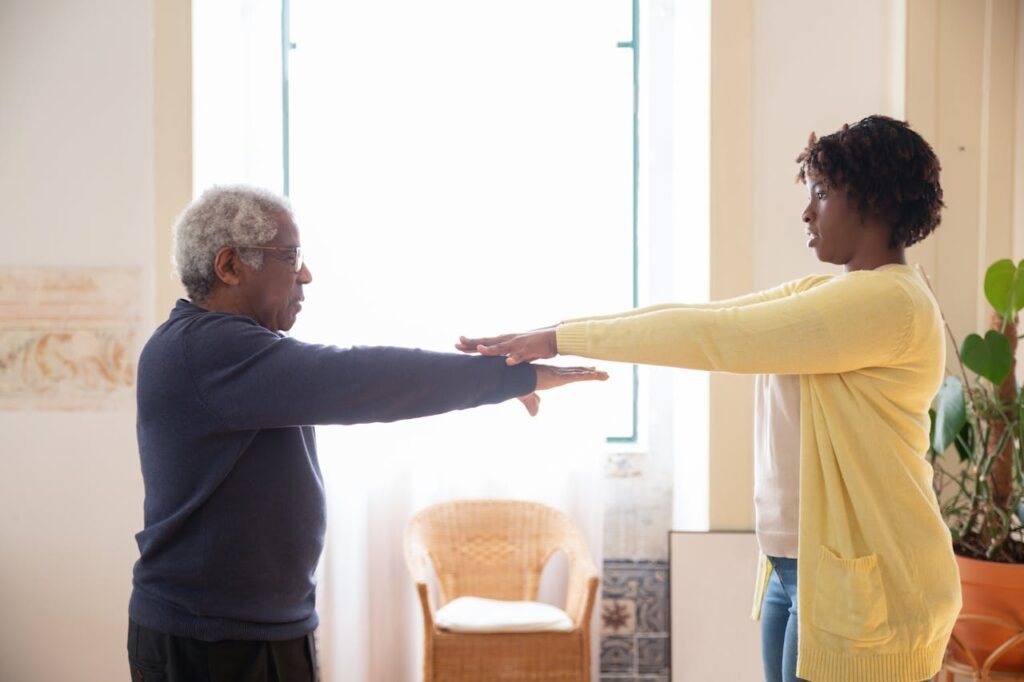Staying steady on your feet brings confidence, peace, and freedom. But as we grow older, the fear of falling can quietly creep in. For seniors using a prosthetic limb, that fear often feels stronger—each step may demand more focus, and each movement more trust. Yet, falling does not have to be a part of life with prosthetics.
With the right techniques, simple daily habits, and a few smart adjustments, you can protect yourself, move with confidence, and live safely without constant worry. At RoboBionics, we have seen how the right knowledge transforms lives. We have worked with hundreds of senior prosthetic users across India who have regained balance, safety, and peace of mind through practical, easy-to-follow routines.
This article is for you—whether you are a new prosthetic user or have been walking with one for years. We will cover what causes falls, how to prevent them, and what small daily habits keep you safe and strong. The language is simple, the tips are real, and the goal is to help you walk confidently again.
Understanding Why Falls Happen
The Common Causes of Falls in Seniors
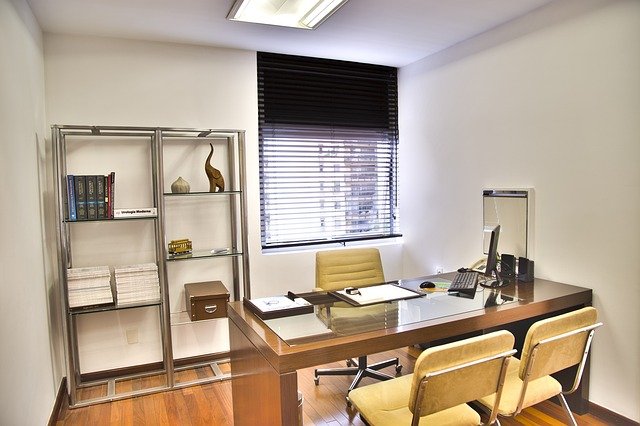
As we age, the body changes. Muscles become a little weaker, reflexes slow down, and vision may blur. These small shifts make balance harder to maintain.
Many seniors fall not because of a big mistake, but because of simple daily things—wet floors, uneven ground, or standing up too quickly. Sometimes, it’s just a momentary loss of focus that leads to a slip.
Medications that cause dizziness or fatigue can also increase risk. It’s important to understand that most falls happen suddenly but can be prevented with awareness and small adjustments in how you move.
How Prosthetics Affect Balance
A prosthetic limb replaces the natural support your body once had. Even with perfect fit and technology, it takes time for the brain and body to learn to work together again.
When you first start using your prosthesis, your center of gravity shifts. Your steps may feel uneven until your body adjusts. This is perfectly normal.
The muscles around your hips, legs, and core must work in new ways to maintain stability. The good news is that with practice and consistent training, your body adapts beautifully.
Recognizing Risk Factors Early
The best way to prevent a fall is to know what makes you vulnerable. Do you feel dizzy when you stand up? Do you often use furniture to steady yourself? Do you feel unsure when walking outdoors?
Noticing these signs early allows you to act before accidents happen. With small daily changes, you can strengthen your stability and reduce the chance of a fall dramatically.
Knowing your risks is not about fear—it’s about control. Awareness gives you power.
Creating a Safe Environment
Setting Up Your Home for Safety
Your home should support your confidence, not challenge it. Start with clear walkways. Move furniture so there’s enough space to walk freely with your prosthesis.
Keep the floors dry and clean. Avoid polished tiles or mats that slide easily. Non-slip rugs and textured flooring provide better grip.
Make sure every room, especially hallways and bathrooms, is well-lit. Good lighting is one of the simplest yet most powerful safety tools for seniors.
Bathroom and Bedroom Adjustments
The bathroom is where many falls happen. Add grab bars near the toilet and shower. Use non-slip mats both inside and outside the shower area.
Install a shower chair if standing feels tiring. Keep towels, soap, and essentials within easy reach so you don’t need to stretch or twist.
In the bedroom, ensure the path to the bathroom is clear. A small nightlight helps you see better if you wake up during the night.
These small changes give you safety and peace of mind every day.
Footwear and Clothing Choices
The shoes you wear play a big role in stability. Choose shoes that fit well, with low heels and non-slip soles. Avoid slippers that slide or shoes without back straps.
Clothing should be comfortable but not too loose. Long hems or baggy pants can catch on your prosthesis and cause a trip.
Even something as simple as wearing the right shoes indoors can lower your fall risk significantly. Safe movement starts from the ground up.
Strengthening Balance and Mobility
Why Strength Matters
Strong muscles act as natural guards against falling. They help you react faster and recover from small stumbles before they turn into falls.
For prosthetic users, leg and core strength are especially important. They stabilize your body as you shift weight from one leg to the other.
Simple exercises like seated leg lifts, gentle squats, or side steps improve control. You don’t need heavy workouts—slow, regular movement works best for seniors.
Gentle Exercises You Can Start Today
Start with simple weight-shifting. Stand tall, with one hand lightly resting on a wall or chair. Move your weight slowly from your sound leg to your prosthetic leg. Feel the muscles engage.
Next, try heel raises. Hold a steady surface, rise onto your toes, then slowly lower your heels. Repeat this a few times to strengthen your ankles and calves.
If you can, practice marching in place. Lift one knee at a time, keeping your upper body straight. This improves coordination and builds confidence while walking.
Consistency matters more than intensity. A few minutes a day keeps your balance sharp.
Stretching and Flexibility
Flexibility helps your body respond to sudden changes in movement. Gentle stretching reduces stiffness and prevents joint strain.
Spend a few minutes each morning or evening stretching your legs, back, and arms. Move slowly and breathe deeply as you stretch.
You don’t need to touch your toes or hold difficult poses. Just focus on feeling relaxed and fluid. Flexible muscles react faster, making you steadier and safer.
Practicing Safe Walking Techniques
Using Your Prosthesis Correctly
Every prosthesis is unique. Learn how yours moves best by practicing under the guidance of a physiotherapist.
Always start on flat, even surfaces before trying slopes or uneven ground. Pay attention to your alignment—your shoulders, hips, and feet should face the same direction.
Take small, steady steps rather than long strides. Move at your own pace, and never rush. Stability always matters more than speed.
Looking Where You Walk
Many falls happen because people look down at their prosthesis instead of looking ahead. Train yourself to trust your device.
Keep your gaze forward so you can spot obstacles early. This helps your body prepare naturally for each step.
If you must look down—for example, when stepping over something—pause first, adjust your footing, and then continue. Slow and steady movements protect you from slips and sudden imbalance.
Handling Uneven Ground and Stairs
Outdoor surfaces can be tricky. Grass, gravel, or broken pavements demand extra care. Test the surface with your sound leg before putting full weight on your prosthesis.
When using stairs, always hold the handrail. Lead with your sound leg when going up and with your prosthetic leg when coming down. Take your time and never carry too much at once.
Practicing these techniques makes outdoor walking less intimidating and much safer.
Learning Safe Fall Recovery Techniques
Understanding How to Fall Safely
No one plans to fall, but knowing how to fall safely can reduce the chance of injury. If you feel yourself losing balance, the goal is to protect your head and avoid stiffening your body.
Try to bend your knees slightly as you fall and lower your body toward the ground. This helps absorb the impact and prevents sharp jolts. Avoid reaching out too quickly with your hands—it can strain your shoulders or wrists.
If possible, turn slightly so you land on your side or buttocks rather than flat on your back. This softer landing reduces pressure on your spine.
Practicing how to respond calmly, even in a fall, helps you recover faster and keeps fear under control.
Getting Up After a Fall
After a fall, pause for a few seconds. Don’t rush to stand. Take a deep breath and check how your body feels. Are you hurt, dizzy, or weak? If so, stay where you are and call for help.
If you feel okay, move slowly onto your side, then use your hands and knees to crawl toward a stable surface like a chair or bed. Place your strong leg under you first, push up gently, and use your arms for support as you rise.
This method reduces strain on your prosthesis and prevents another fall during recovery. Practicing it once or twice with your therapist helps build confidence in handling unexpected moments.
When to Seek Help
Even if you think you are fine, tell your family or healthcare provider about the fall. Some injuries or strains may not appear immediately.
If you notice swelling, pain, or any unusual discomfort in your residual limb or prosthesis area afterward, get it checked quickly. Your prosthetist can ensure nothing has shifted or loosened during the fall.
Never ignore small signs. Quick attention prevents bigger issues later and ensures your safety.
Building Confidence After a Fall
Rebuilding Trust in Your Body
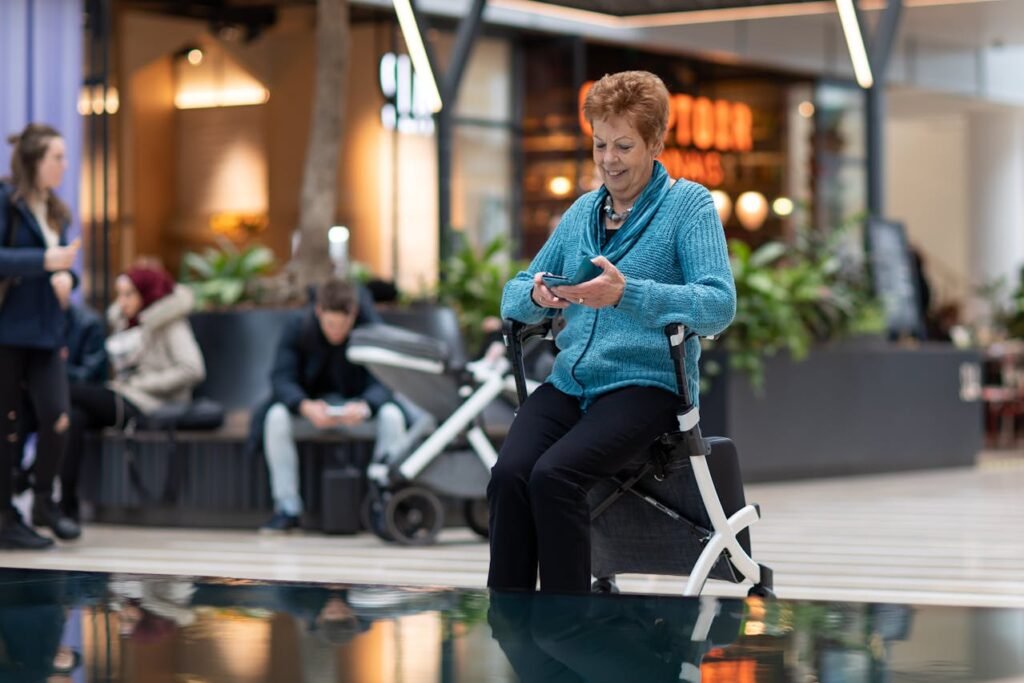
After a fall, it’s common to feel anxious about moving again. That fear is natural—but with the right steps, it fades over time.
Start by doing small movements in safe areas. Stand up, shift your weight gently, or walk short distances with support. Gradually expand your comfort zone. Each successful movement tells your brain, “I can do this.”
Confidence comes through repetition. Every time you move safely, you retrain your mind to trust your balance again.
The Power of a Calm Mind
Fear can tighten your muscles and make balance harder. That’s why mental calmness is just as important as physical training.
Before each walk, take slow, deep breaths. Feel your shoulders drop, your jaw relax, and your body loosen. When your mind feels peaceful, your movements naturally become smoother.
Positive thoughts also help. Instead of worrying about falling, remind yourself of how much you’ve already achieved—learning to walk again, managing your prosthesis, and standing strong each day.
A calm, confident mind creates steady, confident steps.
Small Victories Matter
Don’t measure success only by distance or speed. Celebrate small wins—standing a little longer, climbing a step without fear, or walking across the room smoothly.
These moments build emotional strength. Over time, they add up to a powerful sense of independence.
It’s not about doing everything perfectly—it’s about moving with trust in yourself again.
Seeking Professional Support
The Role of a Physiotherapist
Working with a physiotherapist is one of the best ways to prevent falls and improve confidence. They understand how prosthetics interact with your muscles and can teach you personalized exercises.
A good therapist will guide you through safe walking techniques, help you correct posture, and teach you how to handle different terrains. They can also identify weak spots that need extra strengthening.
Regular therapy sessions not only protect your body but also reassure your mind that you’re progressing safely.
Staying Connected with Your Prosthetist
Over time, your prosthesis might need adjustments. Even a small misalignment can affect balance or cause discomfort that leads to stumbles.
Schedule periodic checkups with your prosthetist. They can fine-tune the fit, align the socket correctly, and ensure your limb feels natural during movement.
If you ever feel that your prosthesis is too loose, heavy, or uneven, don’t wait. Visit your provider right away. A well-fitted prosthesis is key to safe mobility.
Health Checkups and Medical Reviews
Sometimes balance problems are not about the prosthesis at all—they may come from medical issues like low blood pressure, inner ear problems, or vision changes.
Regular health checkups help catch these early. If you experience dizziness, blurred vision, or frequent fatigue, talk to your doctor. Small adjustments in medication or routine can make a big difference.
Fall prevention is most effective when body health, prosthetic care, and physical training all work together.
Staying Active and Aware
The Value of Gentle Movement
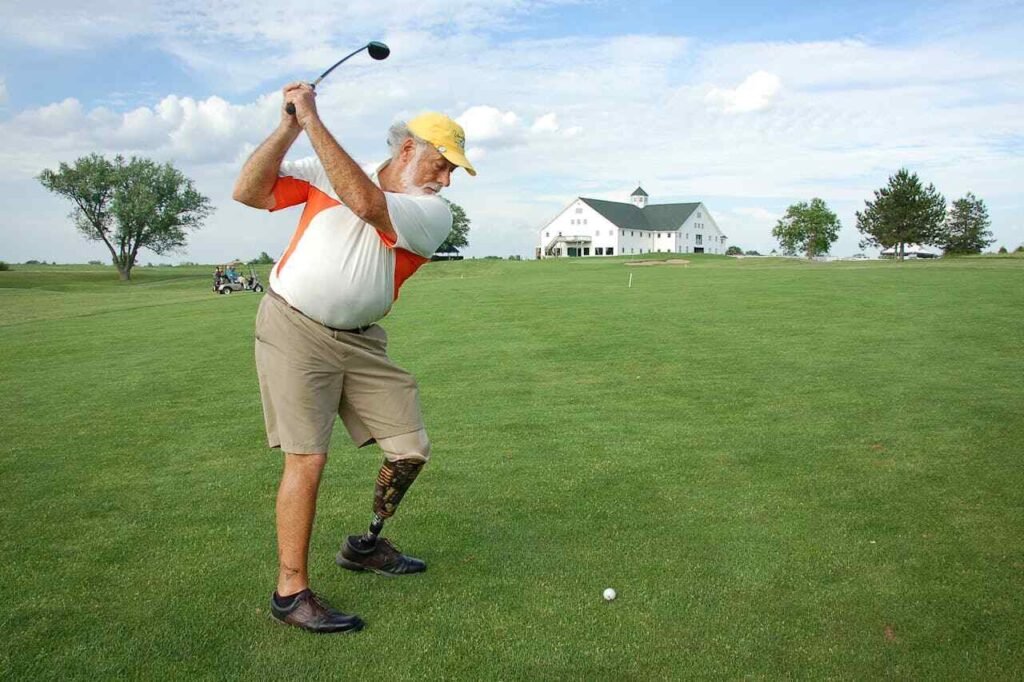
Movement keeps the body young and aware. Regular activity helps maintain muscle tone, joint flexibility, and reaction time—all crucial for balance.
You don’t need intense exercise. Even a slow morning walk, gentle stretching, or light household chores keep your body alert.
The more your body moves, the better it understands how to respond to small imbalances. Staying active is one of the simplest ways to reduce the risk of falling.
Staying Alert During Daily Activities
Falls often happen during routine moments—getting out of bed, reaching for something on a shelf, or turning too quickly.
Move mindfully. When you stand up, pause for a second to let your body adjust. When you turn, do it slowly and keep your steps small.
Avoid multitasking while walking. Focus on where you are going instead of carrying too many things or looking around too much.
Awareness turns ordinary moments into safe ones.
The Importance of Proper Rest
Tired muscles react slowly. Fatigue can make even simple movements unsteady. Seniors often underestimate how much rest they need between activities.
Give your body time to recover, especially after long walks or therapy sessions. If you feel tired, sit for a few minutes, hydrate, and breathe deeply before moving again.
Balance depends on energy. A well-rested body moves smoothly and safely.
The Role of Support Systems
Family and Caregiver Involvement
Support from loved ones makes fall prevention easier and more comforting. Family members can help set up safe home spaces, encourage daily practice, and remind you to move carefully.
Let them know how to assist you safely. For example, when helping you stand or walk, they should give steady, light support—not pull suddenly.
Open communication ensures they understand your needs and comfort levels. Working as a team builds both safety and trust.
Group Exercises and Social Support
Group exercise programs for seniors are a wonderful way to stay active. They add fun, motivation, and connection to your routine.
Being around others who share your journey helps you feel less alone. You exchange ideas, learn new techniques, and build friendships that make training enjoyable.
Social activity also lifts mood and reduces anxiety—a calm, happy mind is one of the best protections against falls.
Community Resources and Programs
Many local health centers and prosthetic clinics in India offer fall-prevention workshops. These programs combine exercise, education, and real-life tips for seniors using prosthetics.
Joining such a program helps you stay updated on best practices while receiving personal guidance. At RoboBionics, we often partner with physiotherapists and rehab centers across India to bring these resources closer to seniors who need them.
Learning together keeps your safety knowledge fresh and practical.
Building Daily Routines for Safety
Starting the Day Right
Your day begins the moment you get out of bed, and that’s when many falls occur. The key is to move slowly. When you wake up, sit at the edge of your bed for a few seconds before standing. Let your blood pressure stabilize.
Stretch your legs gently while seated. Wiggle your toes, roll your shoulders, and take a few deep breaths. This wakes up your muscles and prepares your body for balance.
When you stand, place both feet firmly on the ground. If you use a prosthetic leg, ensure it’s properly attached and comfortable before taking your first step. Taking those few moments for preparation can prevent most early-morning slips.
Creating a Safe Daily Flow
A structured day keeps both your mind and body calm. Plan your activities in a way that avoids rushing. Hurrying is one of the most common causes of imbalance in seniors.
Spread chores evenly throughout the day. Do one task at a time—maybe light cleaning in the morning, a walk after lunch, and gentle stretching in the evening.
Use supportive shoes at all times, even indoors. Avoid walking barefoot, as floors can be unexpectedly slippery. The steadier your routine, the safer your movements will be.
Making Balance Practice a Habit
Balance isn’t built in a single session; it’s developed through consistent, small moments of attention. Try turning daily actions into training opportunities.
When brushing your teeth, practice standing on your prosthetic leg for a few seconds. When cooking, focus on standing tall and keeping your weight evenly distributed.
If you watch television, you can use commercial breaks for short standing exercises. These small daily moments, done consistently, create long-lasting improvements in your balance and confidence.
Adapting Lifestyle for Long-Term Safety
Keeping Your Living Space Simple
Clutter and confusion often lead to tripping hazards. Make your home easy to move through by simplifying your layout. Keep commonly used items within arm’s reach.
Ensure paths are wide enough for you to walk comfortably with your prosthesis. Avoid unnecessary furniture or decorations near walkways. A clean, open environment allows free, confident movement without distractions.
Good housekeeping becomes a quiet safety habit that protects you every day.
Using the Right Tools
Practical tools can make daily life easier and safer. Install railings in areas like bathrooms, corridors, and stairs. Use a shower chair if you get tired standing.
Consider using a long-handled grabber to pick up objects instead of bending suddenly. Raised toilet seats and sturdy handholds can make routine movements smoother and reduce strain.
Assistive tools are not signs of weakness—they are smart choices that keep you safe while maintaining independence.
Maintaining a Healthy Body
A strong, nourished body keeps your prosthesis working in harmony. Eat balanced meals rich in proteins, fruits, and vegetables to support muscle strength. Stay hydrated, as dehydration can lead to dizziness or fatigue.
If you take medications, ask your doctor if any of them cause drowsiness or imbalance. Adjusting timing or dosage can often improve steadiness.
Healthy living is your best protection against falls—it fuels your energy and focus every day.
Mental Wellness and Emotional Safety
Managing Fear of Falling
The fear of falling can be stronger than the physical risk itself. It can make you hesitant and overly cautious, which often increases imbalance.
The best way to overcome fear is through controlled movement. Start small—walk in a safe, familiar area, such as your living room or garden. Use support until your confidence grows.
Each successful movement teaches your mind that your body is capable. Over time, your fear turns into faith.
Staying Positive Through Practice
Balance training is not just physical—it’s emotional healing too. Some days may feel easy, while others may feel frustrating. That’s natural.
On difficult days, remind yourself how far you’ve already come. Remember when you first learned to use your prosthesis and how uncertain you felt. Compare that to now—you’re stronger, wiser, and more aware of your body.
Progress is never about perfection. It’s about staying consistent and kind to yourself. Positive thinking strengthens both body and mind.
The Power of Relaxation
Stress tightens your muscles and reduces your natural reaction time. Relaxation, on the other hand, calms your body and improves coordination.
Spend a few minutes each day doing deep breathing or listening to soft music. Some seniors enjoy short meditation sessions to clear their minds before walking practice.
Relaxed muscles respond better to sudden changes, making you safer and more agile in real life. Calmness is one of the quiet secrets of fall prevention.
Long-Term Fall Prevention Strategies
Continuous Learning
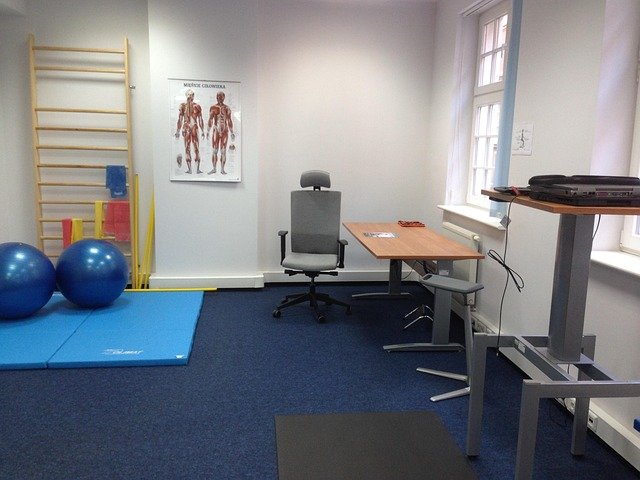
Fall prevention is not a one-time lesson—it’s a lifelong journey. As your body changes, so should your approach.
Stay curious about new techniques. Attend workshops, read updated guides, or consult your physiotherapist regularly for personalized tips.
If your prosthesis is upgraded or replaced, take time to relearn balance with it. Each model moves slightly differently, and adaptation ensures safety.
Learning keeps you confident and in control, no matter your age.
The Role of Routine Checkups
Regular medical and prosthetic checkups keep everything working smoothly. Visit your prosthetist at least once or twice a year to check fit and alignment. Even small changes in limb volume can affect stability.
Have your eyes and hearing tested yearly. These senses play a big role in balance. If you wear glasses or hearing aids, make sure they fit comfortably and are kept clean.
Stay proactive about your health—it’s easier to prevent problems than fix them later.
Staying Social and Engaged
Loneliness can lead to low motivation, which affects physical activity. Staying socially active boosts both mood and movement.
Join local senior clubs, participate in gentle fitness classes, or spend time outdoors with friends. Laughter, conversation, and shared experiences keep your spirit light and your confidence strong.
Emotional well-being supports physical balance more than most people realize. A happy, connected person moves with ease.
Embracing a Confident Future
Moving Beyond Caution
Caution is wise, but fear can hold you back. The goal is not to avoid movement but to master it. Every step you take, every exercise you do, builds a foundation of independence.
Balance and fall prevention aren’t just safety measures—they’re keys to freedom. They allow you to live the life you love, without hesitation.
The more you practice, the less you think about falling and the more naturally you move. That’s when you know you’ve truly regained confidence.
Living with Dignity and Strength
At RoboBionics, we believe every person deserves to live with comfort, strength, and dignity. Our prosthetic solutions—like the Grippy™ Bionic Hand, Grippy Mech Hand, and BrawnBand—are designed to restore mobility and confidence for people of all ages.
We’ve seen seniors transform fear into courage with a few weeks of patient, guided training. The combination of a well-fitted prosthesis and mindful fall prevention gives back control, stability, and independence.
If you’d like to experience how the right prosthetic technology can support your journey, we invite you to schedule a free demo with us at robobionics.in/bookdemo.
Your Path Forward
You have come far—from learning to walk again to mastering your prosthesis and now understanding how to stay safe. Each challenge has strengthened you.
Fall prevention is not just about avoiding danger—it’s about embracing life with confidence, energy, and hope.
Every careful step, every breath of balance, brings you closer to a life of steady freedom.
You are not defined by your prosthesis; you are defined by your courage, your resilience, and your willingness to keep moving forward—one sure, confident step at a time.



